latest
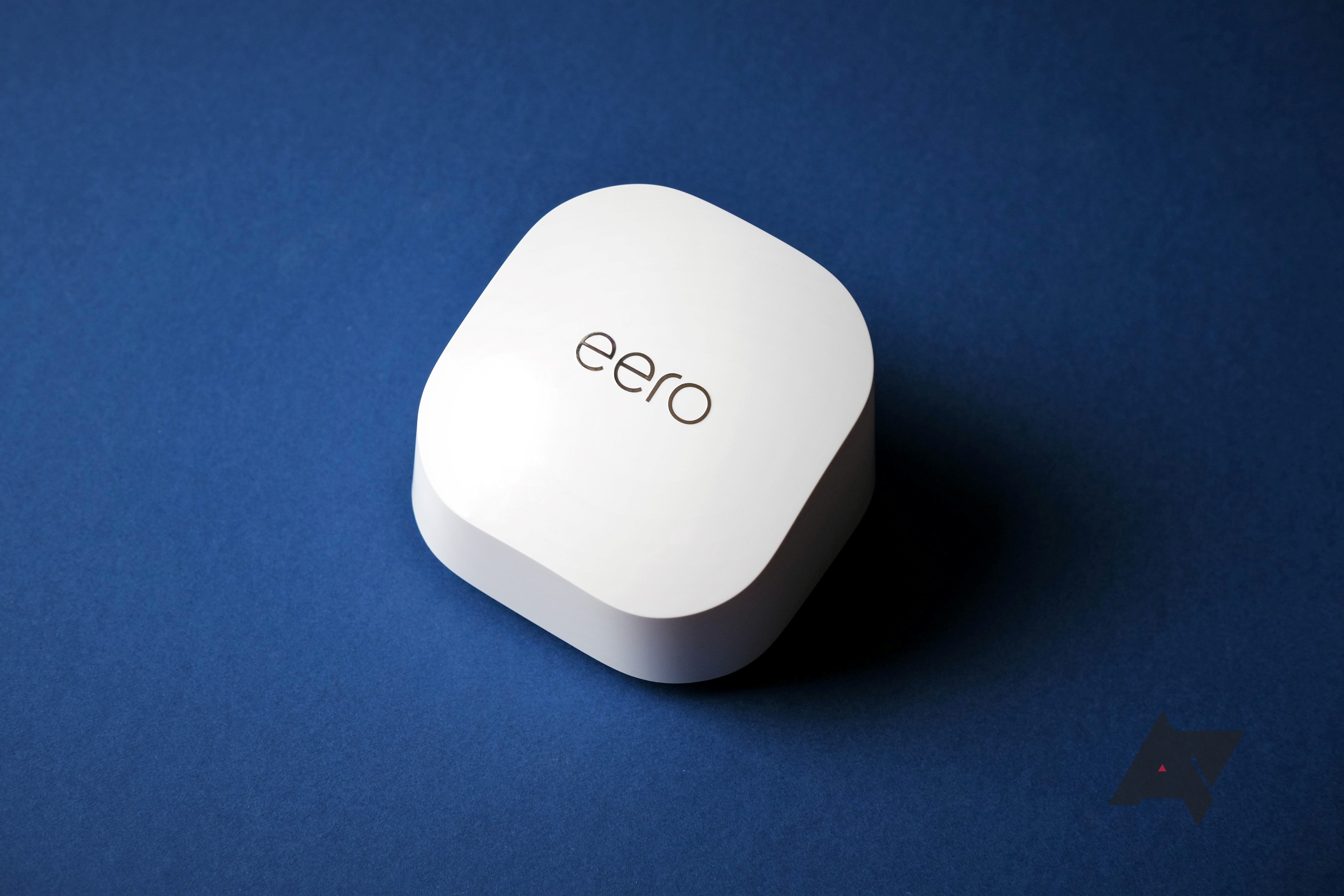
If you're contemplating purchasing smart home devices, you may have noticed that some require a hub to function instead of connecting directly to Wi-Fi. This is a great way to avoid saturating your home router with too many devices. You'll also save energy, given that other protocols are often less power-hungry than Wi-Fi.

Looks like we'll have to keep waiting for that universal smart home standard
Insert 'surprised Pikachu face' here
Matter has been in the works for a long time, well before it even received its current name. Originally titled "Project CHIP," the Connectivity Standards Alliance announced its newly-rebranded protocol would go live later this year back in May, finally uniting gadgets from the likes of Google, Amazon, and Apple all under one interconnected roof. In an unfortunate (and unsurprising) turn of events, we're going to have to keep waiting a little bit longer for the smart home utopia of our dreams.

We're this close to smart home hardware actually just working right
Project CHIP is now Matter, and it's almost ready for primetime
In December of 2019, several of the biggest companies in tech — including Apple, Google, and Amazon — joined the Zigbee Alliance to establish a new standard for smart home technology. Project Connected Home over IP, or "CHIP," was aimed at improving interoperability and increasing security between gadgets from different brands. CHIP is finally nearing completion, and it's getting a new name and logo to help consumers identify secure IoT tech.
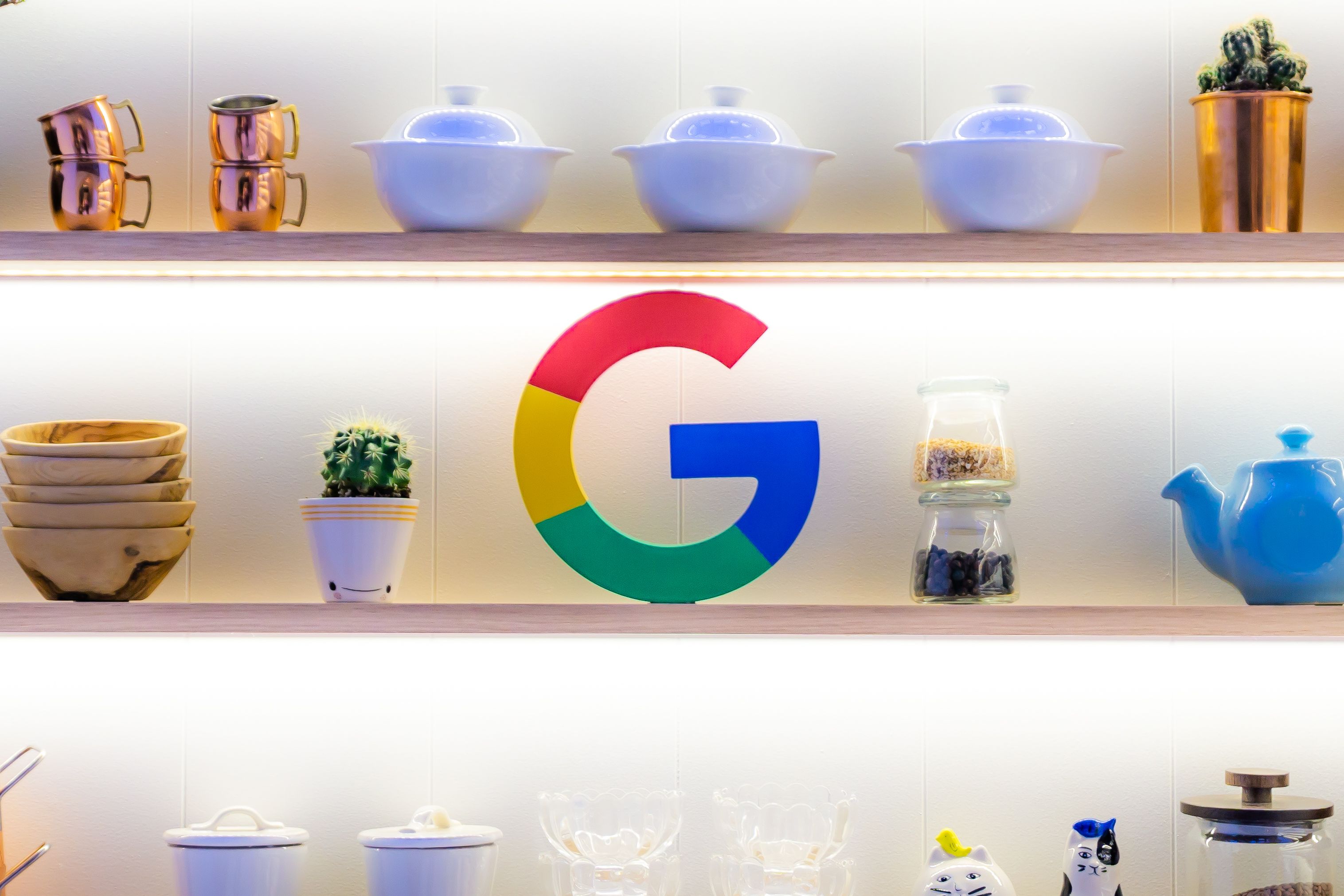
New Google smart home gadget hits FCC with Soli and Zigbee support
Our first glimpse of the A4R-G4CVZ 'Google Interactive Device'
A new Google-made bit of electronics has just hit the FCC. The less than aptly-named A4R-G4CVZ is an "Interactive Device" with a confidentiality request attached to it that strips it of useful details like photos or product names. Although we aren't sure what it will be, we do know a few things about it, like that it packs Google's new radar-based Soli technology and supports Zigbee.
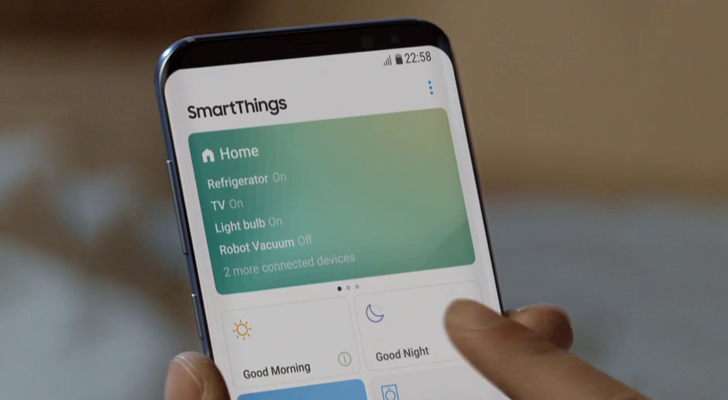
Samsung SmartThings update adds UWB device tracking, Zigbee QR scanner, and more
Only the Galaxy Note20 Ultra supports the UWB tech so far
SmartThings is the app you use to take control of all your Samsung IoT devices, as the company aims to consolidate its other apps into one. Following all the big announcements it made at the recent Galaxy Unpacked event, Samsung is now updating the SmartThings app with a bunch of features, including one that leverages the Note20 Ultra’s UWB (ultra-wideband) support.
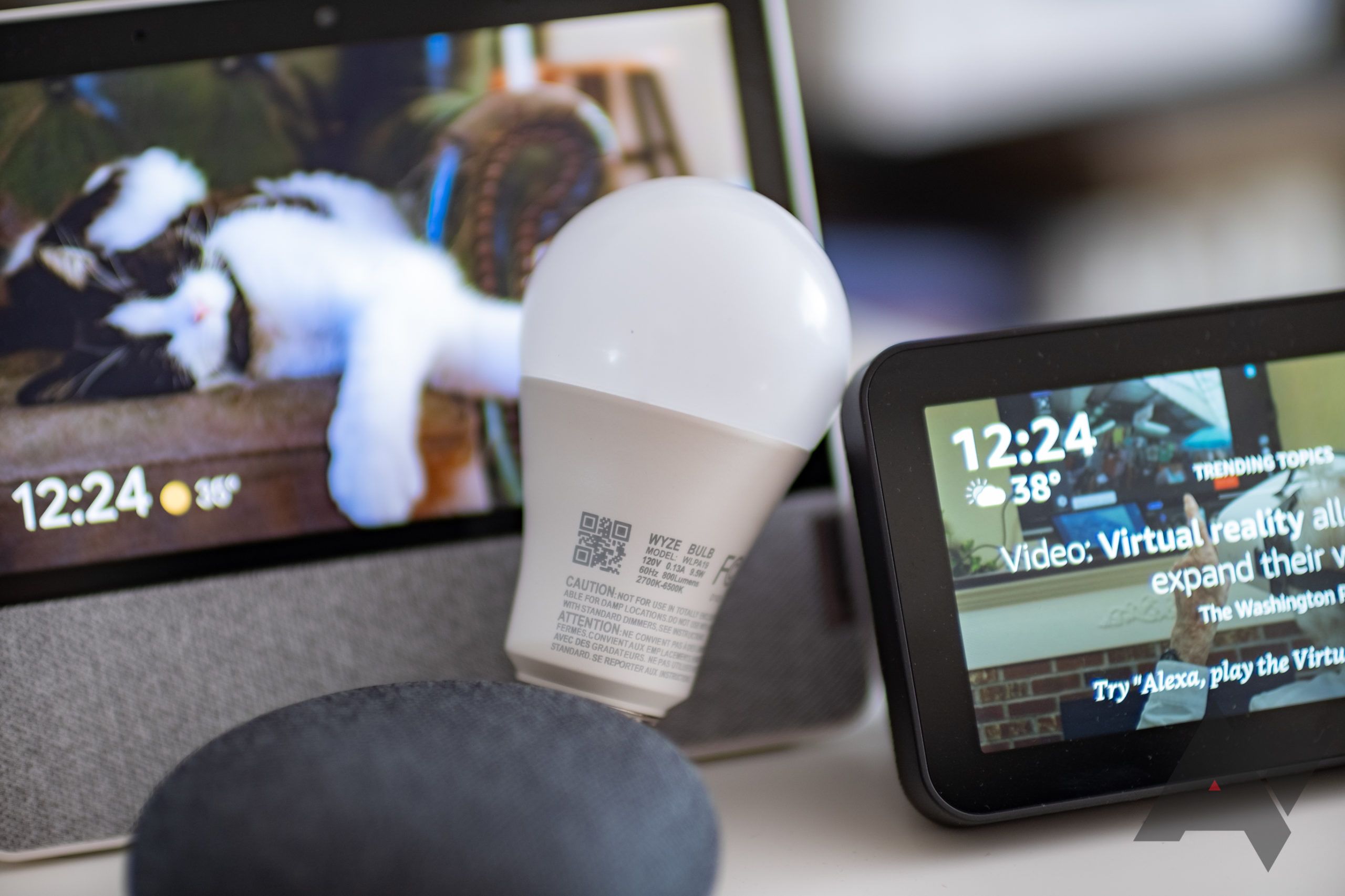
Modern "smart" home standards have more than a few dumb things about them, like the fact that certain hardware often locks you into a specific ecosystem of supported devices and software. If something works with Alexa, it doesn't always mean that it will work with the Assistant or Siri, and that's not even mentioning the whole obnoxiousness of "hubs." Thankfully, a new open standard is being developed by some of the biggest names in the smart home industry, with Amazon, Apple, and Google all backing a new open-source approach via the imaginatively titled "Project Connected Home over IP." It's a complicated-sounding name, but what really matters is the fact that future smart home products will be more inter-compatible and secure.
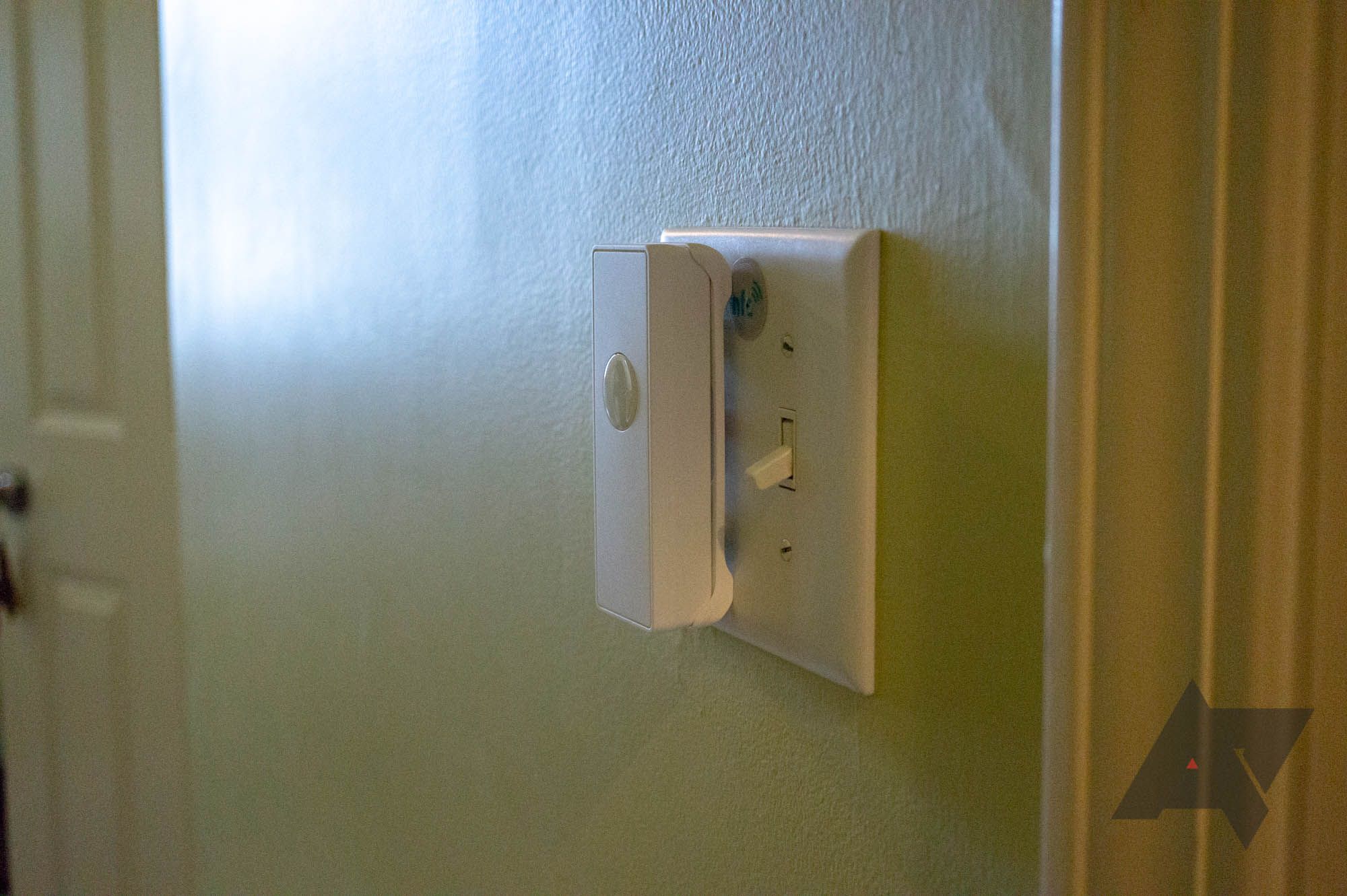
Smart light bulbs are great, but you have to give up the use of your wall switch — if the switch is powered off, the smart bulb stops functioning. One solution is an in-wall smart switch, but if you live in an apartment or other rented property, you might not be able to replace fixtures or change electrical systems. If so, smart home company Third Reality has the product for you — the RealitySwitch Plus.Much like the SwitchBot that we reviewed last year, the RealitySwitch sits on top of your existing wall switches. You don't have to replace anything, even the switch's wall plate. It requires a hub to connect to the internet, but the switch and hub are available in a bundle for $39.99 (at the time of writing). You can also use it with any Zigbee Hub, like Samsung SmartThings or the Echo Plus. The RealitySwitch Pro is a decent product, but the company still has a few software bugs to iron out.
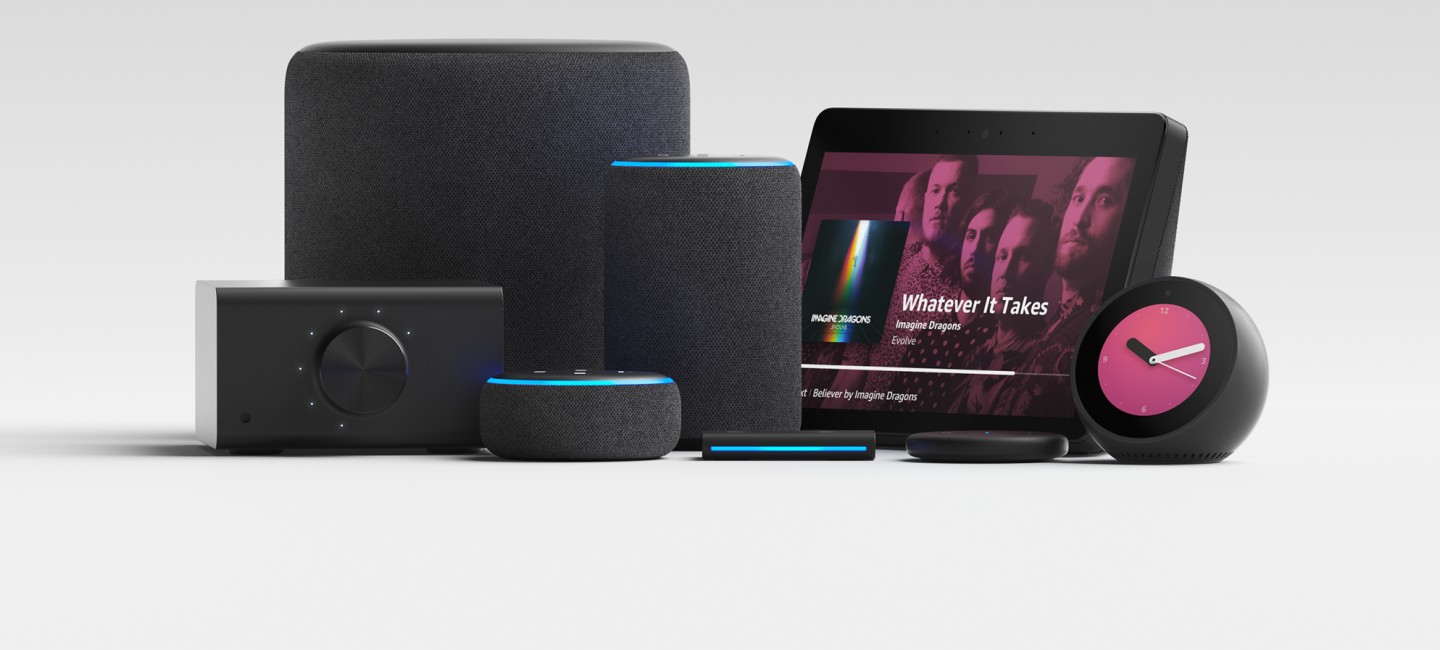
Today Amazon took the wraps off a tremendous pile of Echo and Alexa-related hardware. Chief among the standalone Echo devices are the redesigned Echo Dot, Plus, and Show, as well as a slightly mysterious invitation-based Echo Auto. As expected, they're mostly incremental improvements, with better and louder sound or added Zigbee hub functionality.Amazon's Alexa is one of the most popular and widely used digital assistants out there, and now it has a whole new generation of hardware available for pre-order. Let's take a look at each individually.
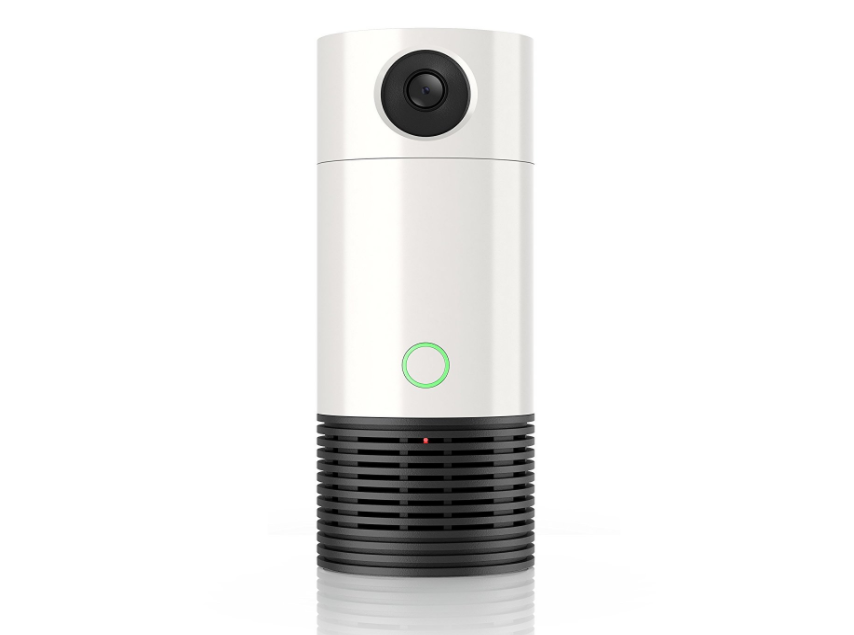
I look around at my hallway console nowadays and see a Canary camera, a Google Home, and a SmartThings Hub v2. Not to mention the Synology server, router, and a few other miscellaneous tech items. The idea of having all three integrated in the same device, saving space and unnecessary wiring is quite appealing, and that's what Toshiba's new Symbio aims to do.It's a 6-in-1 device: a 1080p wide-angle "low-light" camera with sound and motion alerts, a smart sound detector for babies and pets and even legacy alarms around the house, a Bluetooth and WiFi streaming speaker with ODMD driver, a voice control interface with Amazon Alexa built-in, a smart home hub with ZigBee and Z-Wave radios, and an intercom for communicating between Symbios and phones.
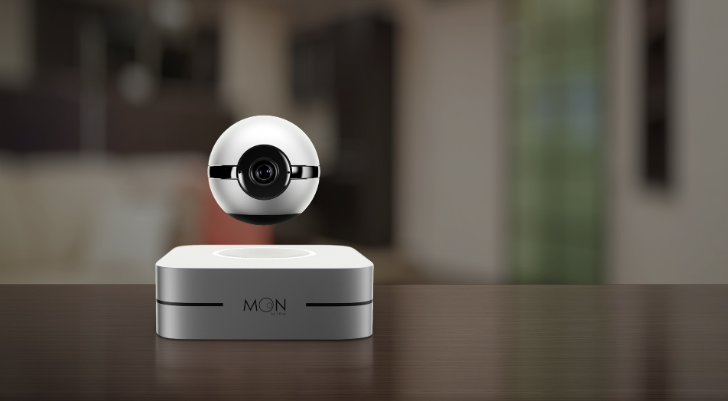
We've seen levitating Bluetooth speakers and connected smart cameras before, but the Moon, a fully funded Indiegogo project, melds those technologies in a $209 ($330 at retail) floating robotic eyeball and base that can also act as a smart hub for your home. That is, if it ever ships. The typical crowdfunding caveats apply. Some Indiegogo projects don't have much of a future, and this is 1-Ring's first.
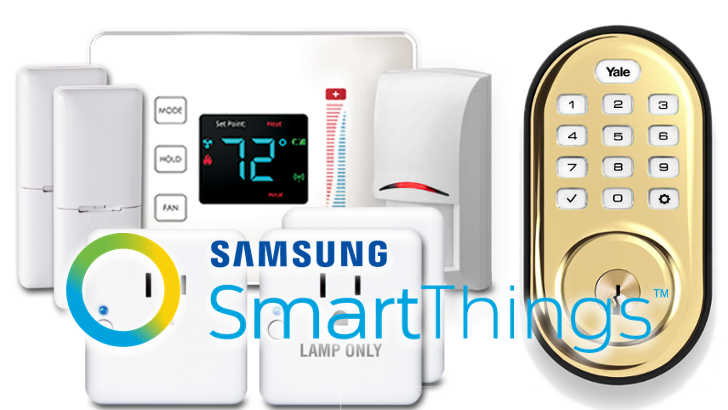
There's a fantastic sale for home automation gear going on today. Over at My Digital Discount right now you can pick up a handful of smart connected motion sensors, outlets, thermostats, locks, and a whole package of the lot together in a quick start bundle. Prices range from 60% off to 76% off, which is a tremendous savings. All the items are for Samsung's SmartThings / ZigBee, so if you don't run a system that will work with their stuff, you're out of luck. If you haven't yet invested in a home automation system, perhaps now is the time to do it. One of the items in the sale is a quick start bundle for Samsung's SmartThings. For just $150 you can make your entry into the world of home automation, with a pair of smart outlets, a motion detector, two door sensors, and a smart thermostat. You'll still need to purchase a hub (which will run you an extra $100), but it's most of the gear you'd need to get started.
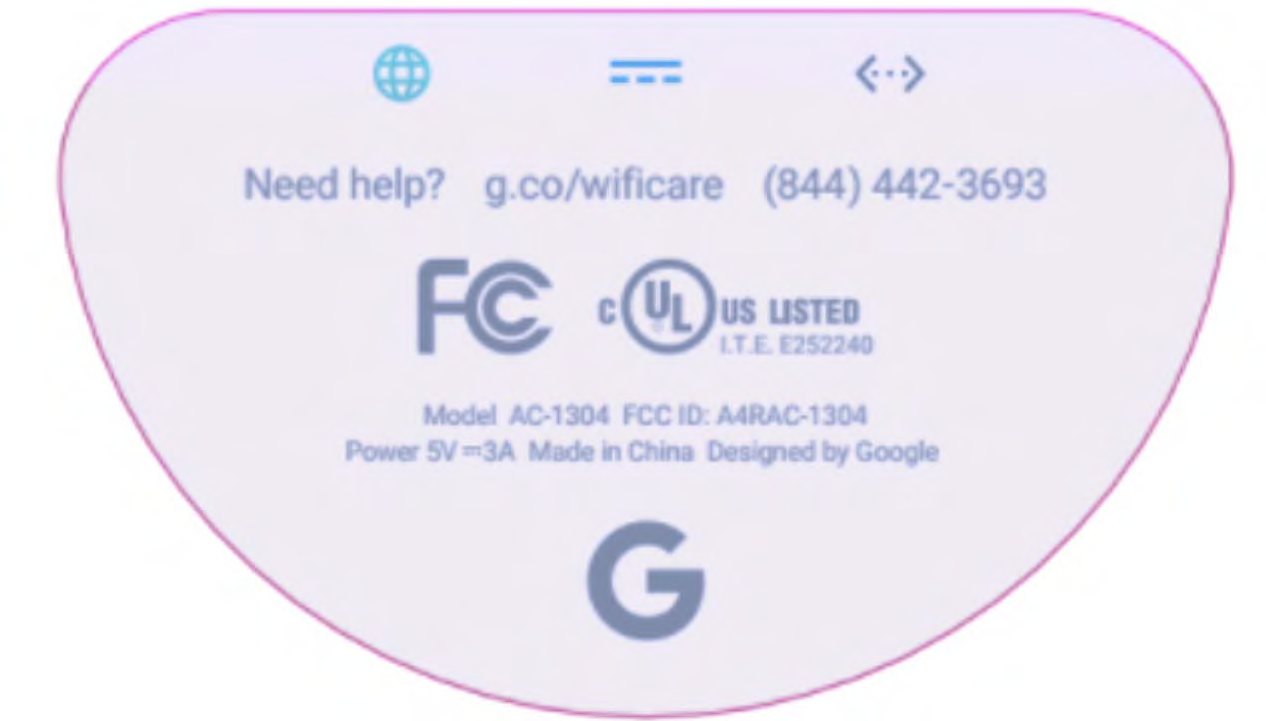
Google's mesh router system only launched in late 2016, but it looks like a new version is already in the works. An FCC filing from Google appears to describe a new version of Google Wifi. The model number is different than the current device, and one of the wireless bands is missing. What's up with that? It looks like Google is ditching the ZigBee IoT protocol.
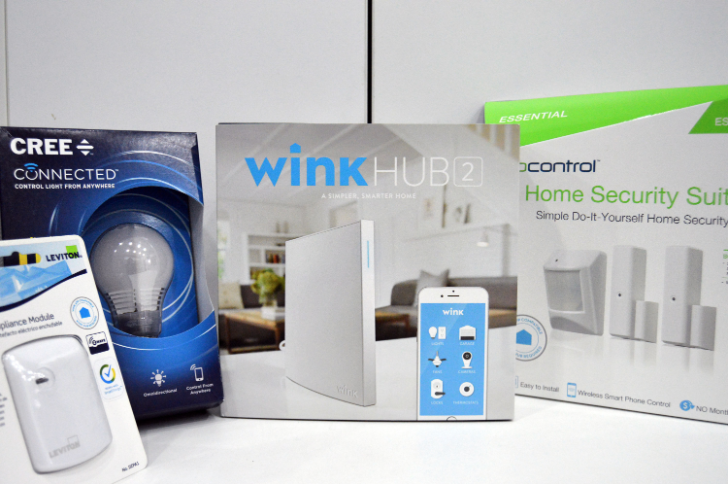
I bought an apartment in October. You can imagine the joy at the thought that it'd be my future family's home, terror at the sight of the mortgage value on the signed contract, and all the excitement about getting to set up a house from scratch. I could pick everything that I loved from design to materials to colors to organization, and yes, also automation.I wanted lights that turn on when the doors open, A/C units that cool the place when I'm coming home and the outside heat is too much to bear, cameras that catch intruders the moment they are detected, a washing machine that notifies me when the load is done, colored lights that coordinate with whatever I'm watching on TV, blinds that open and close with the sunset and sunrise, and much more.But soon into my research, I hit a wall, then another wall, followed by even more walls. Metaphoric walls, mind you, because hitting my apartment's walls would be very damaging and expensive. Despite the promise and allure of smart homes, despite us hearing about them for years now, despite what seems to be a huge collection of IoT devices on the market, and despite everything we own becoming smart in some form or another, home automation is still in its infancy. Nay, its fetal state.Putting aside the issues with security which everyone is still trying to figure out, there are so many problems that home automation has to overcome before it becomes as prevalent as we would like it to be: ease of use for the non-techies in your life, interoperability between different devices, affordable prices, and most importantly protocols.There's Bluetooth (and its many variants and sub-protocols), WiFi, ZigBee, and at least two different Z-Wave frequencies for North America (908.42 MHz) and Europe (868.42 MHz). When you factor in the different voltages between countries, plug types, light fixture sizes and shapes, and lamp screw types, you're looking at soooooo many things that need to be compatible for just one product to work in your house. Ouch.If you live in the USA, you have it easy... kinda. Plenty of companies are US-based and are building products that simply work there. If you live in Europe or somewhere else, your home automation life is going to be a lot more complicated. Each product you look at will have to go through rigorous research to make sure it is compatible with what your country uses, and odds are that you will find a limited selection of products that do fit the bill.After realizing the limitations with home automation, I lowered my expectations, then lowered them again. I didn't want anything that was permanently affixed in my house because technology changes very quickly, nor any indispensable product that doesn't work without power or connectivity (both are finicky in Lebanon), nor anything that demands modifications to the walls or ceilings or house wiring, and whenever possible, I wanted products that didn't require their own hub because who has 20 Ethernet ports on their router? Plus, whatever I bought would have to work with as many other products as possible.It's about that time in my research that the Wink Hub 2 was announced. The number of connectivity protocols was appealing, especially the upcoming Thread (Bluetooth) support, and the Wink website felt inviting and clear. Supported products are neatly laid out and the requirements for each (eg GE Link bulb page) are so clearly labeled with superbly detailed support pages (eg GE Link support page) that it made things a lot easier to parse and understand.So I jumped on the chance to review the Wink Hub 2, despite the fact that it supports Z-Wave at the North American 908.42 MHz frequency. I knew this would make finding compatible Z-Wave products that operate at 220V (voltage in Lebanon) almost impossible, but I liked the challenge. The Cree bulb and Leviton plug pictured at the top, for example, only work at 110V and are useless for me. The GoControl sensor suite, however, uses batteries and thus caused me no issues. I thought the GE Link bulbs would work at 220V but they didn't. I had more success with the Aeon Labs ZW096 smart switch, which supports Z-Wave 908.42 MHz, both 110V and 220V, and only needs a US-EU plug to work with my appliances. Add a Canary camera (read my full review) and an Amazon Echo Dot 2nd gen (read my full review) and I was ready to get started.
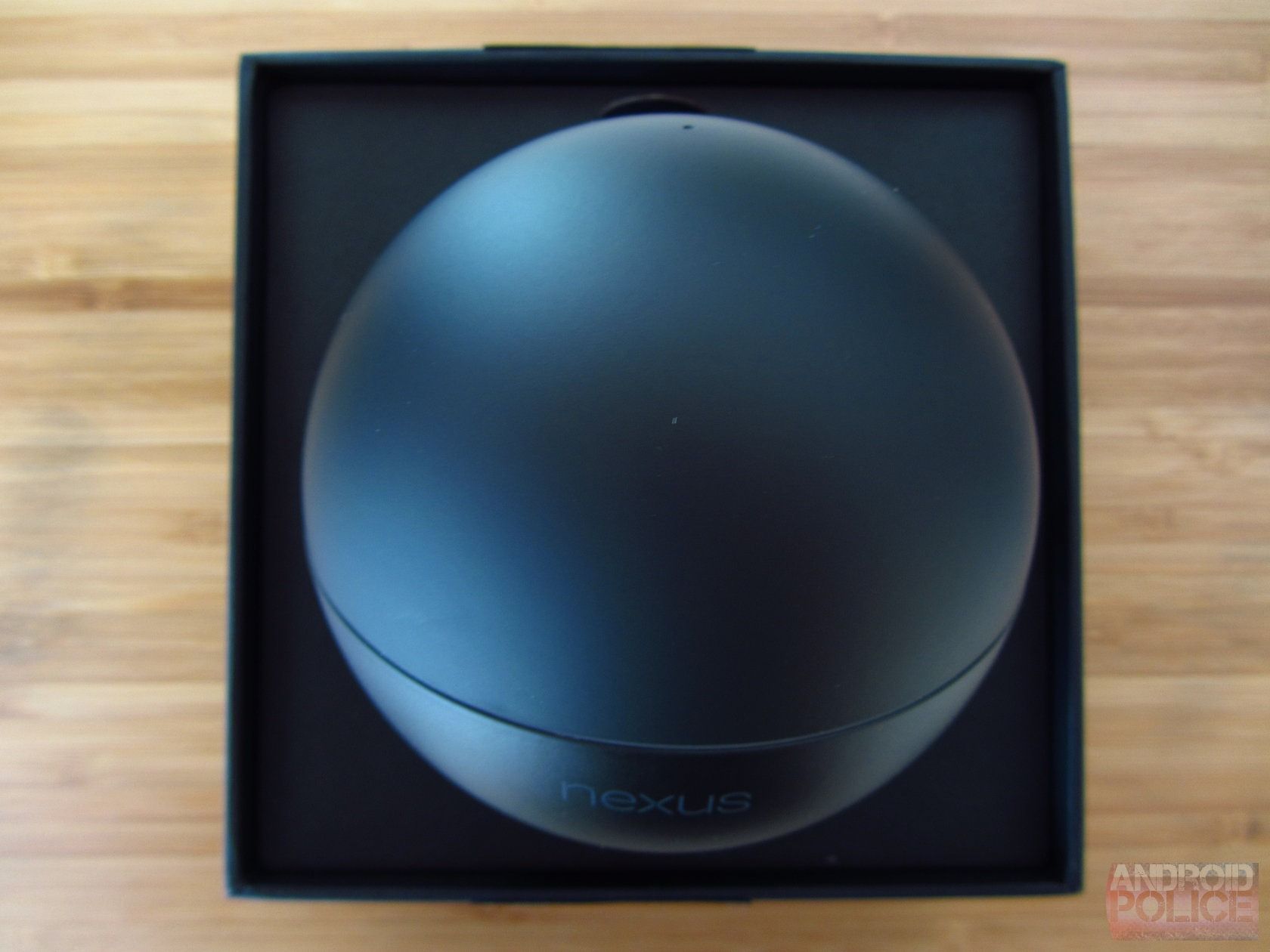
The Nexus Q: Massive Misstep Or Misunderstood Science Experiment?
When Google unveiled the Nexus Q at I/O on Wednesday, there were cheers. But not until the designers and creators of the hardware came on stage to explain
When Google unveiled the Nexus Q at I/O on Wednesday, there were cheers. But not until the designers and creators of the hardware came on stage to explain what it was for a good 5 minutes. Hell, they even put together a fantastic video showing the process of manufacturing the Q (in the good 'ol US of A!). Seriously, if you haven't watched it - watch it. The production values are outstanding.








